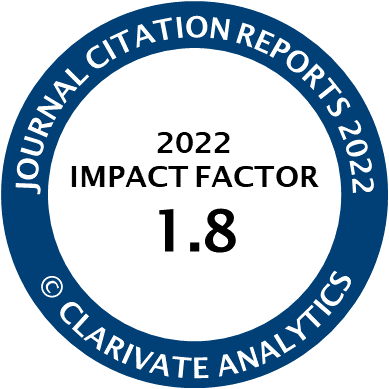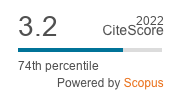Article | Open Access
Relational Urbanisation, Resilience, Revolution: Beirut as a Relational City?
| Views: | 1291 | | | Downloads: | 1059 |
Abstract: The destruction of Beirut’s port and large areas of the inner city following the August 2020 explosion occurred amid (and has exacerbated) an unprecedented national economic and social crisis portending another potential phase of urban “reconstruction” and a national political revolution. Critical scholars have highlighted the shortcomings of urban planning and governance in the city after the Lebanese civil war, particularly in terms of housing, infrastructure, and social inequalities, especially between the urban core and periphery. Beirut’s post-war reconstruction(s), guided by blended-scale governance (i.e., public/private, confessional/political, national/local) and a real estate-oriented growth model have neither managed to completely restore nor efface the city’s erstwhile status as an entrepôt of regional and international economic, cultural, and political importance but have instigated processes of rapid urbanisation and uneven development. These processes, historical trajectories, political and socio-economic dialectics, and shifts in urban political economy render Beirut relevant to the nascent empirical category of “relational cities,” i.e., cities whose geographical-historical profiles position them as urban nodes connecting regional-global-national systems of flows under globalised capitalism. This article positions Beirut in the context of the debate on relational urbanisation for empirical exploration, and also points to the evental possibilities for alternative geographies that flow from the October 2019 protests.
Keywords: Beirut; global cities; relational cities; relational urbanisation; resilience
Published:
© Michael Rafferty. This is an open access article distributed under the terms of the Creative Commons Attribution 4.0 license (http://creativecommons.org/licenses/by/4.0), which permits any use, distribution, and reproduction of the work without further permission provided the original author(s) and source are credited.




